The 5 Marine Ecozones of Canada
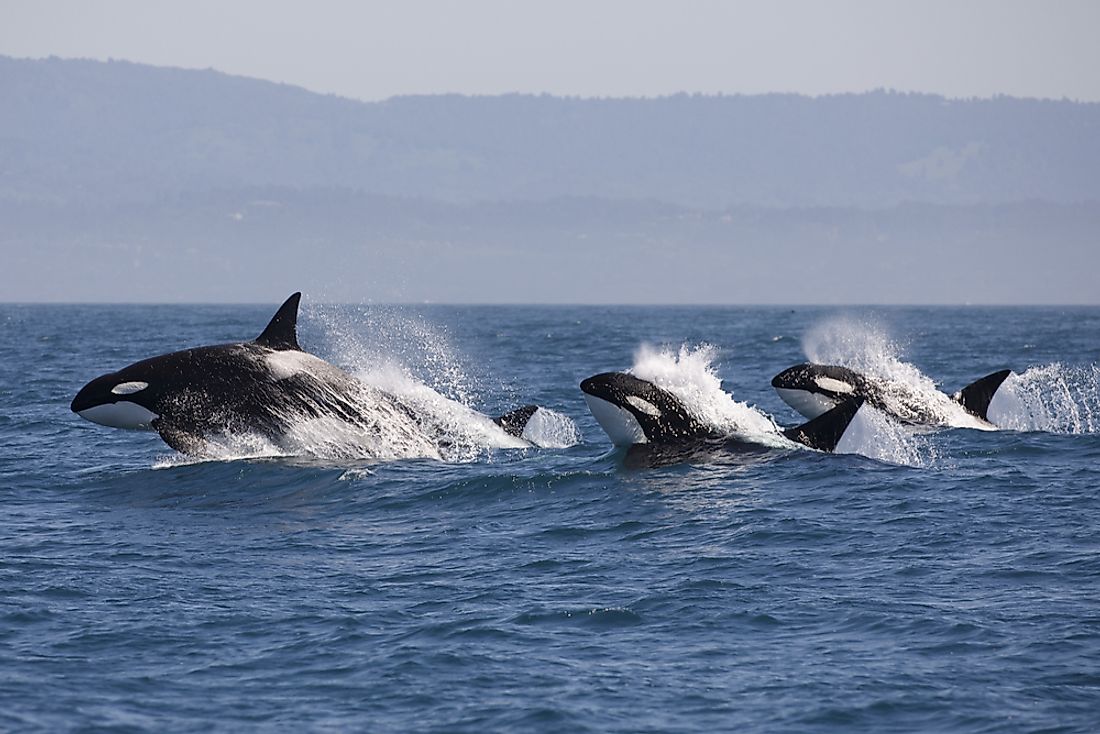
An ecoregion is an area that is established depending on its nature and geography. Ecological zones occupy large regions of either water or land. These regions also contain unique groupings of communities and species that exist naturally. Their distinct environment, plants, and animals often differentiate ecoregions from one another because each ecoregion has its unique species.
Some of the most diverse ecological zones include the Marine Ecozones of Canada. The Canadian Marine Eco zones include Arctic Basin Marine, North West Atlantic Marine, Atlantic Marine, Pacific Marine, and the Arctic Archipelago, which is the largest of them. All the marine ecoregions border each other except for the Pacific Marine.
5. Pacific Marine
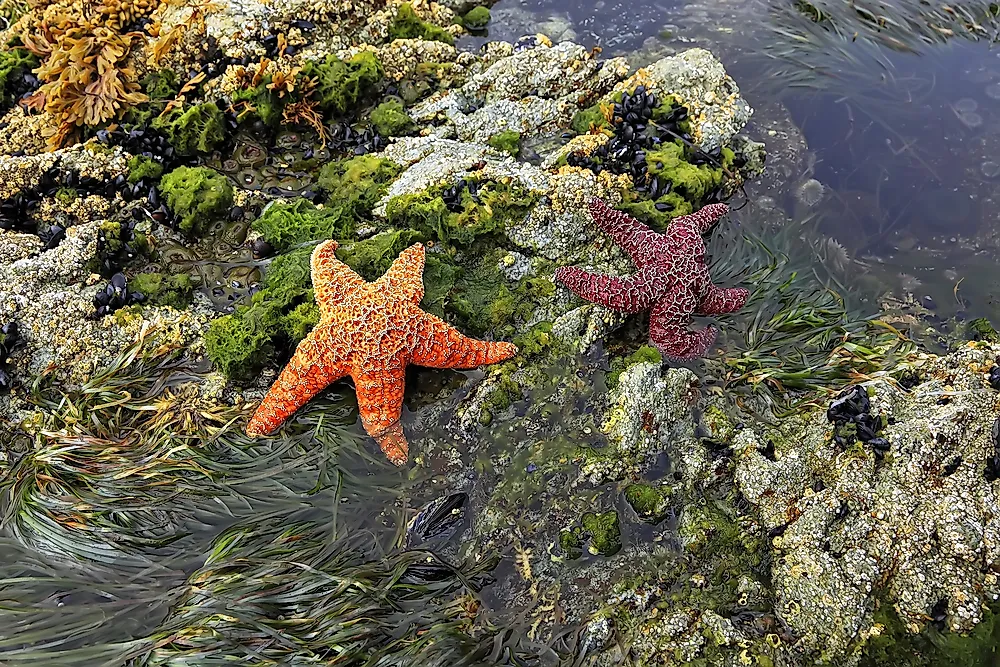
The Pacific Marine is adjacently located to International Marine Ecozone and Terrestrial Canadian Ecozone; it also starts at the British Columbia Coast. The Pacific Ecozone rarely has ice as it has protection from the Alaskan peninsula, which acts as a barrier to cold Arctic waters. It also gets its nutrients from rivers that stream from the Rocky Mountains. Regarding plants, the Pacific ecoregion has coral reefs, eelgrass, and giant kelp (Macrocystis). A wide variety of animals also inhabits the Pacific Marine Ecozones; these animals include vertebrates and invertebrates that are of over 3,800 different species. There are also marine mammals in the Pacific ecoregion some of which include sperm whale, blue whale, right whale dolphin, northern sea lion, and Pacific white-sided dolphin. The Pacific ecozone also has birds such as rhinoceros auklet, petrels, osprey, puffins, and Brandt’s cormorant. Pacific herring, pink salmon, Coho salmon, and halibut are also some of the types of fish found in the Pacific Marine. This ecoregion is also home to crustaceans such as Metacaprella kennerlyi and Caprella laeviuscula. Survival of human beings in the Pacific Marine depends on activities like fishing and tourism.
4. Arctic Basin Marine
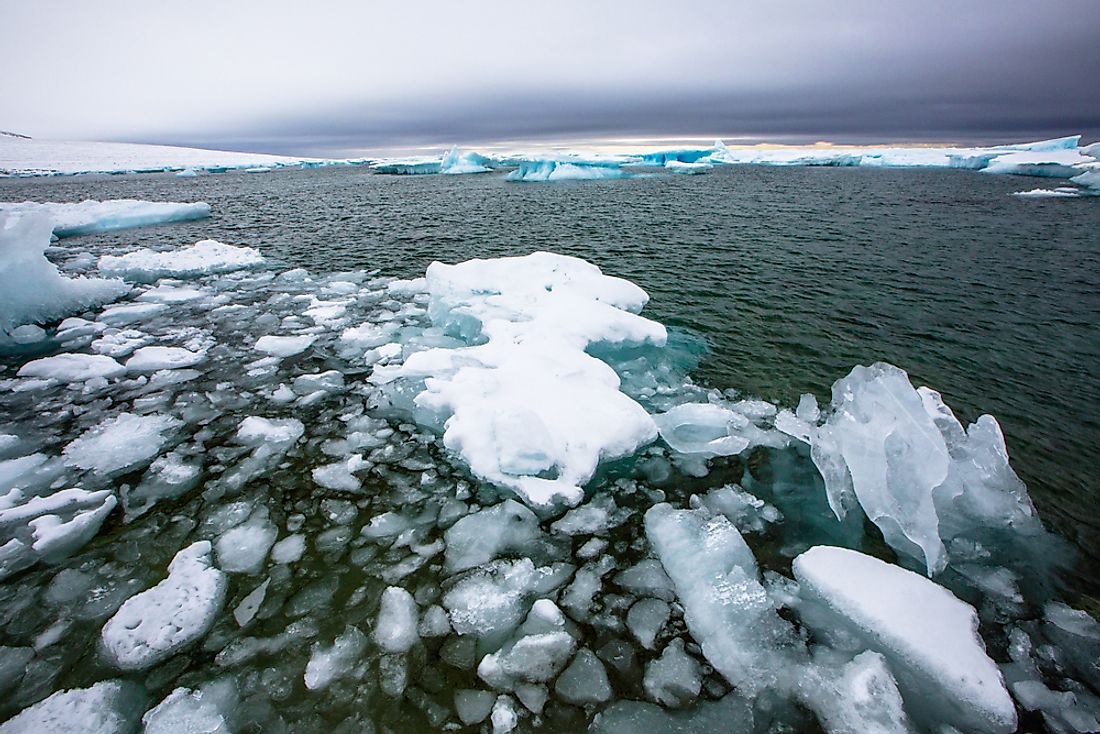
The Arctic Basin ecoregion is located to the western side of the North West Archipelago. Concerning climate, it is scorched as it receives inadequate rainfall in the form of snow of about 100-200 millimeters annually. It is also mostly covered by ice, which floats on the Arctic Ocean, and this is the reason why no plants grow on the surface, however algae and phytoplankton blossom under the ice. It is similar for animals in the Arctic basin ecoregion; most of them live under ice although a few inhabit the ends of the ice packs. These animals include ivory gull, polar bear, harp seal, bowhead whale, and some migrant birds. The Arctic Basin ecoregion has no permanent human inhabitants, as there is no land in this zone.
3. Arctic Archipelago Marine
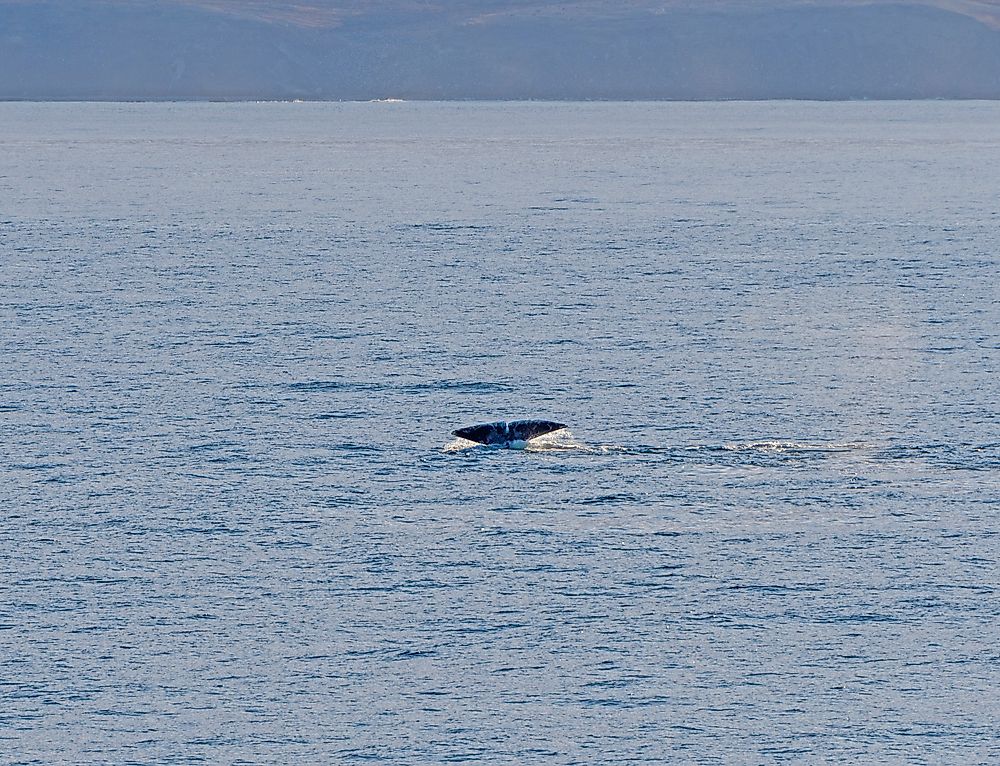
The Arctic Archipelago marine Ecozone includes waters bodies surrounding islands of Northwest Territories and Nunavut and Hudson Bay. These water bodies are frequently covered in ice due to their position in the north. The ecoregion is also cold because of the long cold winters and short cool summers. The Arctic Archipelago Ecozone also has water bodies that are 150 to 500 meters in depth. The plants that survive in this ecoregion include phytoplankton, arctic cod, and kelp, while the animals include aquatic mammals such as ringed seal, beluga, and walrus. The birds in this ecoregion are migrant and are only found in the Arctic Archipelago during the short summers. They include northern fulmars, tundra swans, jaegers, geese, arctic terns, and black guillemot. Fish such as arctic lamprey, chum salmon, arctic char, pink salmon, and Arctic cisco are also found in the Arctic Archipelago marine. Besides fish, mollusks species such as Trichotropis Borealis, Lacuna glacialis, Velutina undata, and Cingula Castanea are also found in this ecoregion. Crustaceans such as striped pink shrimp, stone crab, lebbeus roenlandicus, and Sclerocrangon boreas also inhabit the region. There is also human inhabitants in this ecoregion. Plants like the arctic cod serve as a source of nutrients for beluga whales and seals while kelps provide food for fulmars and other migrant birds. During winter there is the growth of polynyas which is nutritious for polar bears which inhabit them, especially on Hudson Bay's coast.
2. Northwest Atlantic Marine
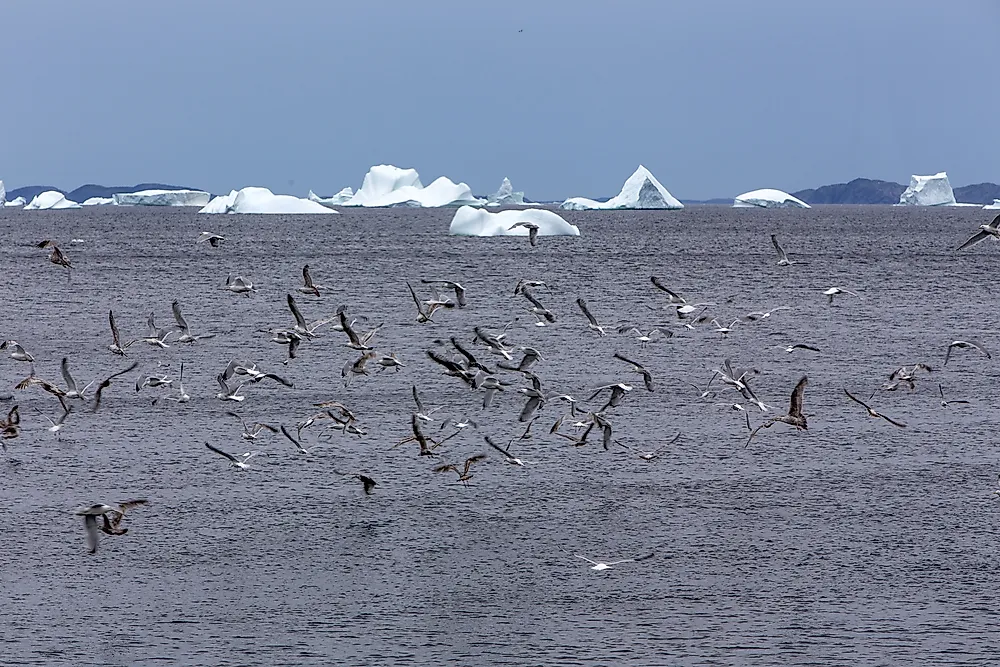
The North West Atlantic ecoregion starts at the Gulf of St. Lawrence and comes to an end at the Southeast of Baffin Island. The Eco zone’s depth never goes beyond 300 meters. Bald rock, fjords, and cliffs are also found along the coasts of the ecoregion. The North West Atlantic Marine ecoregion has plants like algae to the north and kelp, seaweeds, and phytoplankton to the south. Aquatic mammals such as harp seal, bowhead whale, beluga, fin whales, sei whales, bearded seal, and porpoises are also found in this ecoregion. Besides mammals, fish including Atlantic tomcod, mummichog, and Atlantic sturgeon also live in the Northwest Atlantic Marine. Birds like black guillemot, razorbill, gannet, as well as crustaceans such as rock crab, Acadian hermit-crab, and American lobster are some of the species that are also found in this ecoregion. Human beings also inhabit the northern part of the ecozone and engage in activities such as fishing and other survival activities.
1. Atlantic Marine
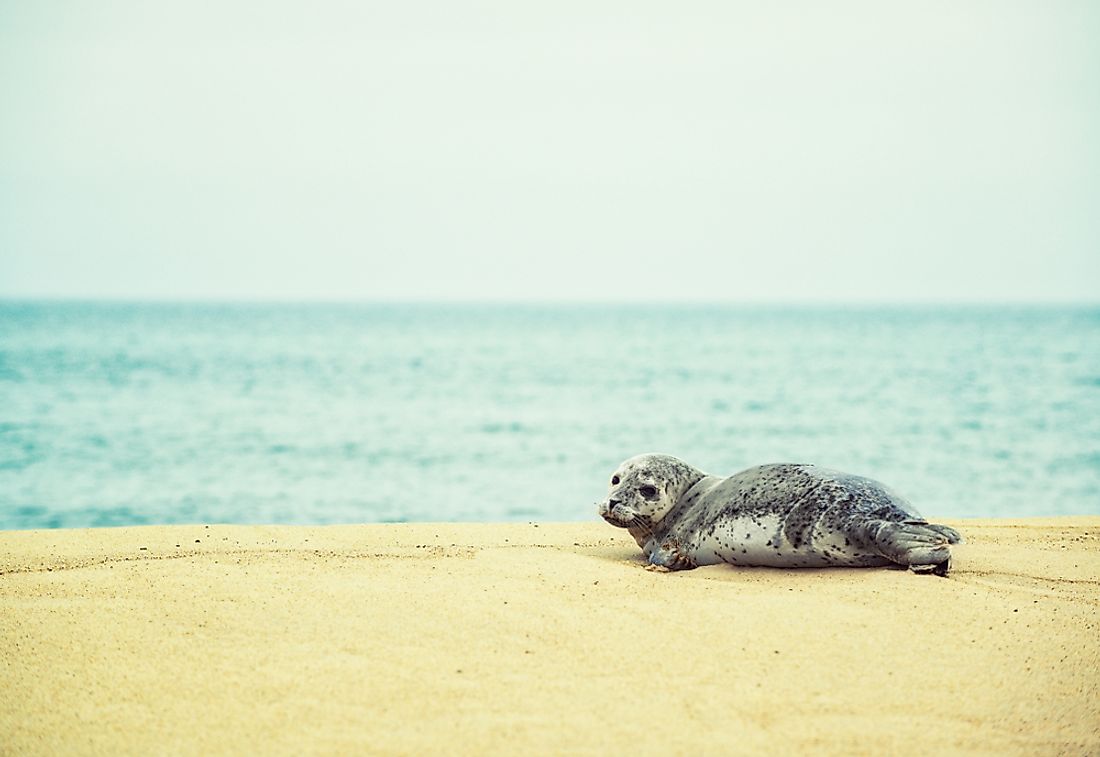
The Atlantic Marine Ecozone touches land at the eastern and southern coast of New Brunswick and Nova Scotia, respectively. It is temperate because of winds from the ground and the warm Gulf Stream from the south. It is also deep. The plants growing in the Atlantic marine ecoregion include phytoplankton, giant kelp, saltmarsh cod grass, wild barley, spike grass, and seaweed. Animals inhabiting this ecoregion include marine mammals such as grey whale, humpback whale, minke whale, orca, Atlantic harbor porpoise, pilot whale, Atlantic beaked whale, and beluga. There are also birds of different kinds like the northern fulmar, eider, kittiwakes, and fish species such as the Atlantic salmon, redfish, lamprey, rock crab, and silver hake. Crustaceans including striped pink shrimp, axius serratus, Acadian hermit crab, American lobster, and rock crab are also found in the Atlantic marine ecoregion. The Ecozone is also home to invertebrates comprising jellyfish, barnacles, and sea stars. Human beings have also made the Atlantic Marine Ecozone a fishing spot.











